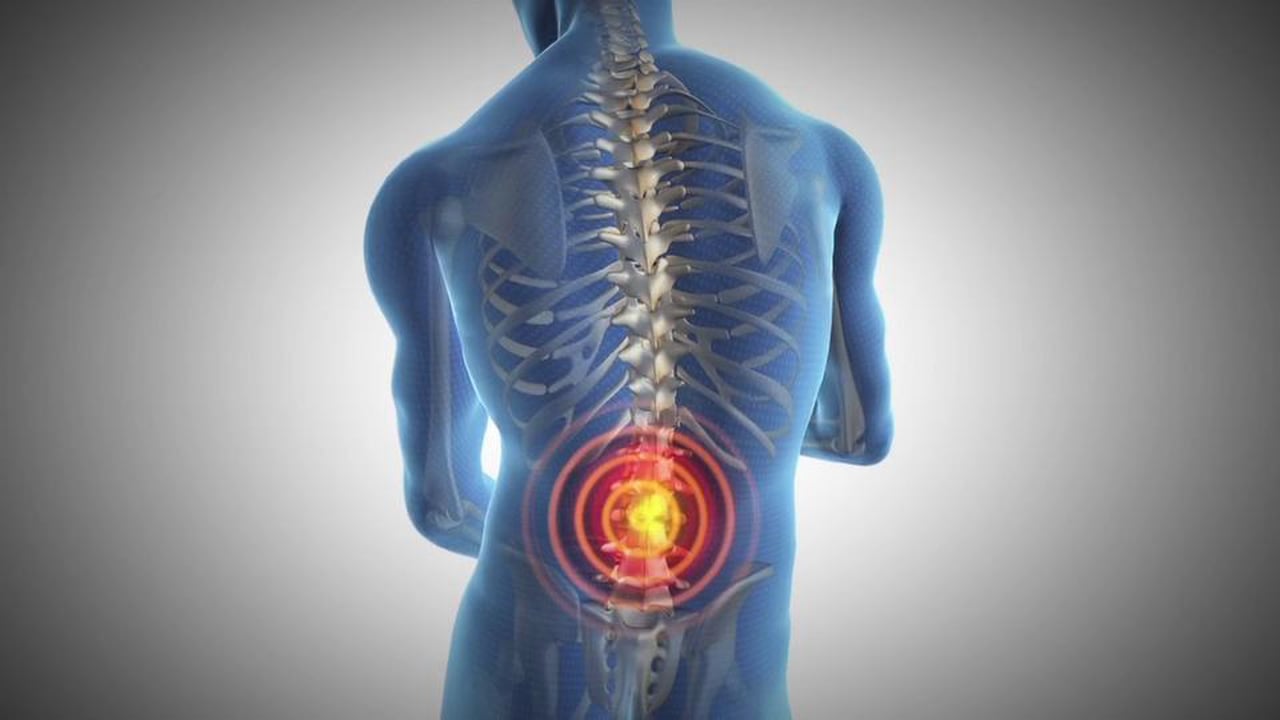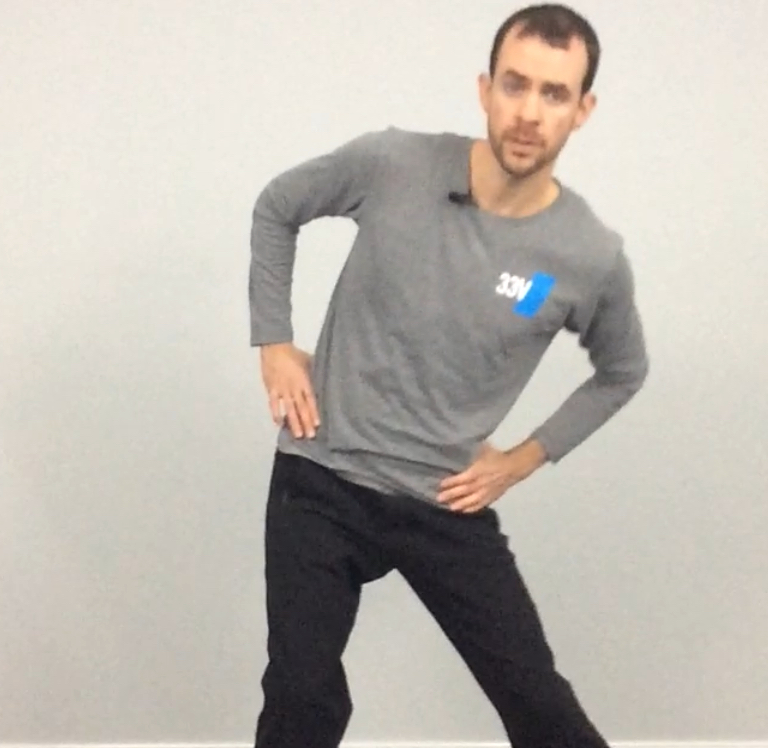
A leading cause of disability worldwide, most of us have experienced lower back discomfort at some point in our lives. Understanding the function of the lumbar spine, why it breaks down, and an educated approach to sustainable care is important for all of us. Be prepared by learning the basics.
The lumbar spine is made up of five vertebrae (L1-L5) with the lowest (L5) resting on top of the sacrum. The sacrum is at the bottom of the spine and connects to the pelvis at the sacroiliac joints. Between vertebrae, discs act as cushioning while ligaments connect several spinous processes on each side of them. Low back pain can be caused by damage to any of these structures. This is a sensitive area of the body, so make sure to consult with a physician if you have any concerns about pain or discomfort.
Traumatic injury will result in a very specific plan of care. However chronic low back pain, without an incident, can be more challenging to figure out. The spine naturally has an S shape, with the curves designed to absorb loading and help connect the larger supporting muscle groups of the hips and trunk. The hips and spine are intimately connected, indicating that if the hips are flexible, strong, and are properly stimulated then the low back will have adequate support. The large muscles of the hips are designed to handle the stress of walking, running, squatting, and lifting, while the smaller muscles of the lumbar region are designed to be more of a supporting system
Our bodies react to stimulus, and unfortunately sitting has become a primary stimulus for much of the modern world. Extended periods of inactivity effectively turn off our neuromuscular system. Cars, couches, and desks leave our spine and pelvis locked in a structural disadvantage. The result is poor posture and often the reversal of the natural supporting curves of the spine. Undue stress on discs, ligaments, and muscles around the lower back can be at the root of chronic conditions. Excess weight gain, especially around the midsection, will also result in extra pressure on the spine.
Most of us simply do not get enough of healthy motion to offset the ill effects of hours of sitting. Lumbar strains can happen when we try to produce movements that are meant to be absorbed by the hips, but are instead taken through the lower back. Great examples are a golf swing without any hip rotation or lifting a heavy box without any hip flexion. The lumbar spine is an important part of our “core”, acting as a connective pathway for many of our pelvis, abdominal and trunk muscles. When the entire system is stimulated and works efficiently, vulnerable areas won’t get worn down.
Lower back pain can be debilitating, so it’s important to set up an environment for healing. Unless under specific orders from a doctor, movement is recommended. Standing, walking, stretching, and light core exercises all stimulate the supporting hip and core musculature needed to take pressure off the lumbar spine. Take a good look at how long you are sitting each day and if you are doing enough to offset the effects of it. Let pain be your guide, as it’s always possible to find safe motion somehow. Here are a few suggestions if you are dealing with chronic back pain:
- Standing desk at work
- Ergonomic chair (no back to prevent slouching)
- Scheduled intermittent walks throughout the day
- Morning and/or evening stretching and bodyweight movement routine
- Step counter on your phone (shoot for 10,000!)
- Warm up properly before exercise or activities
- Use static stretches to breathe, exhale, and relax your body
- Find some things that work, and be consistent in your approach

